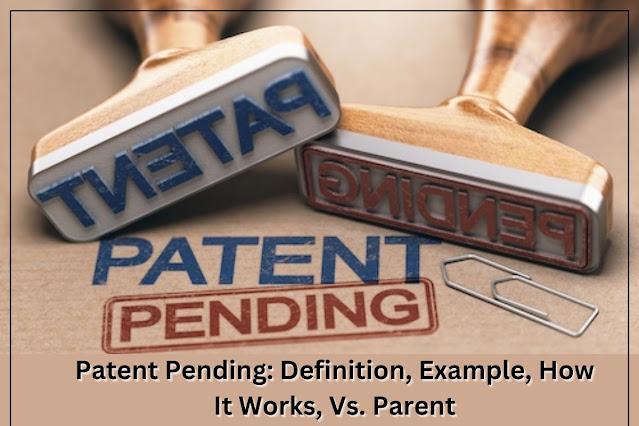How To Start Inventing Things and Get To Market
It’s not easy to get a physical product from a
sketch on a sheet to the shelves of the store. It indeed very intimidating. But
again, if you have a million-dollar idea, you should invent that to raise
capital and advance your businesses.
Every single object around you, the pen, the
fan, your coffee mug, and the laptop was once an idea on someone else’s mind.
Every single object around you started its journey as a dream. However, having
a mind filled with revolutionary ideas is not enough, the key here is the
journey-starting from the idea to invention to market.
At this step, our blog will be helpful to you.
Let’s understand in steps- how to start inventing things and get to market.
1. Believe In You
Coming up with an idea and inventing a product
is a huge process that will require a constant commitment, dedication, and
self-belief. If you think of giving up at the first step or getting discouraged
by negative feedback then you have to start practising believing in yourself
before introducing your idea to the world.
2. Get a Problem Worth Solving
If you are reading this blog then there are
chances that you have some inventionideas in your mind or you have invented probably a lot.
Coming up with ideas isn’t hard, however,
sticking to one idea from the vision to reality is a really hard thing.
Nevertheless, inventing a product or coming up
with an idea means, solving a problem, doesn’t matter if it's yours or someone
else’s.
The trick is to figure out what the exact
solution is and whether there will be demand for it to scale, or whether your
product will be able to compete with other products in the market.
3. Do Thorough Market Research
Before Investing Money and Time
Once you got hit by an idea worth inventing,
you should move forward with it and validate your idea by doing some market
research. Some of the prime reasons why market research is important are:
-
To know if it’s already selling
and who is your competitor.
-
To minimise unforeseen risk.
-
To see if people will be
interested in it or not
-
To get an idea about the price
-
To find potential licensees
4. Build a Prototype and Test
Your Idea
If you are at this stage then that means you
have found a good idea and you have also validated it. Now get a prototype to
make to test your idea. Believe me, this is fun. First, you have to take into
account your budget and how much you can afford to make physical prototypes.
Here, a prototype means a real-life working design.
5. Protect Your idea
It is the most important part of the entire
invention journey. If you don't want your idea to get stolen, then patent your idea as soon as possible.
There are many patent-providing companies in the USA. however, the problem is
not getting a patent but it is knowing the steps and full procedure to get a
patent. Own My Invention is one
patent-providing company that helps you in getting a patent. You can also visit
Ownmyinvention.com and read blogs on
how to get a patent in an effective manner.
You can start by filing a provisional patent
application.
6. Manufacture Your Idea After
Licensing
Everyone can be an inventor and play around
inventing things, but not every inventor can be an entrepreneur. Some people
invent to get royalties and avoid the manufacturing and marketing process.
Making a decision in business is considered
cold and hard-it’s fact.
But this is what it takes to introduce your
million-dollar worth idea in the market and to earn million and zillions from
it.
Summing Up
I Hope, this blog was helpful and answered
your queries regarding inventing things and introducing inventions to the
market.
Visit Ownmyinvention.com today, it offers patent filing services, to patent your invention or to get a
consultant about patent and licensing.


.jpg)

Comments
Post a Comment